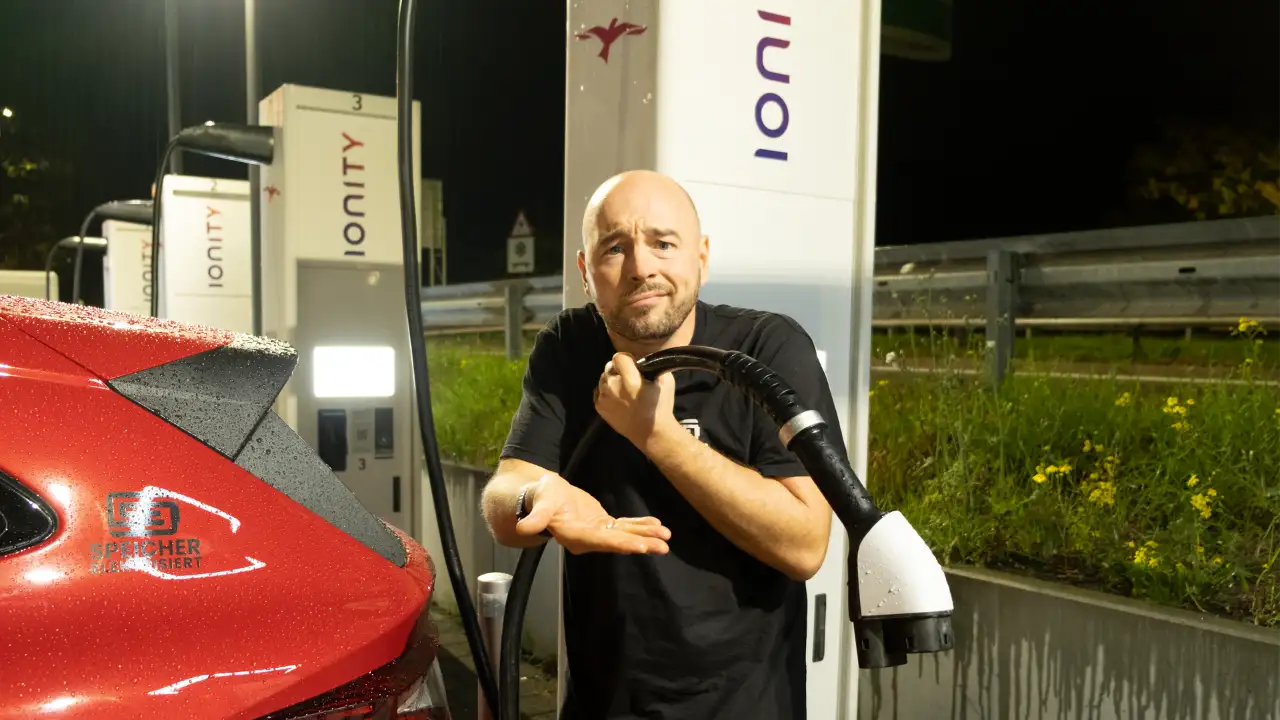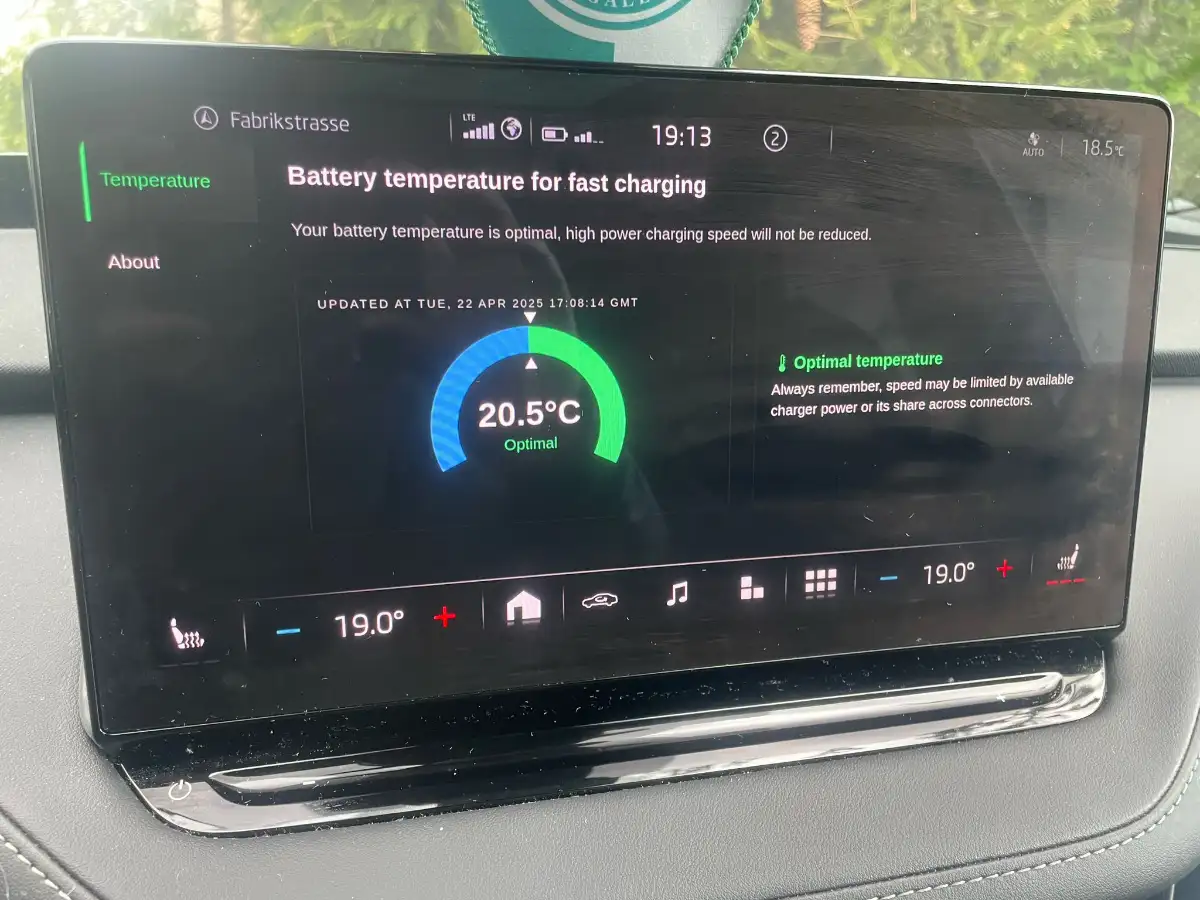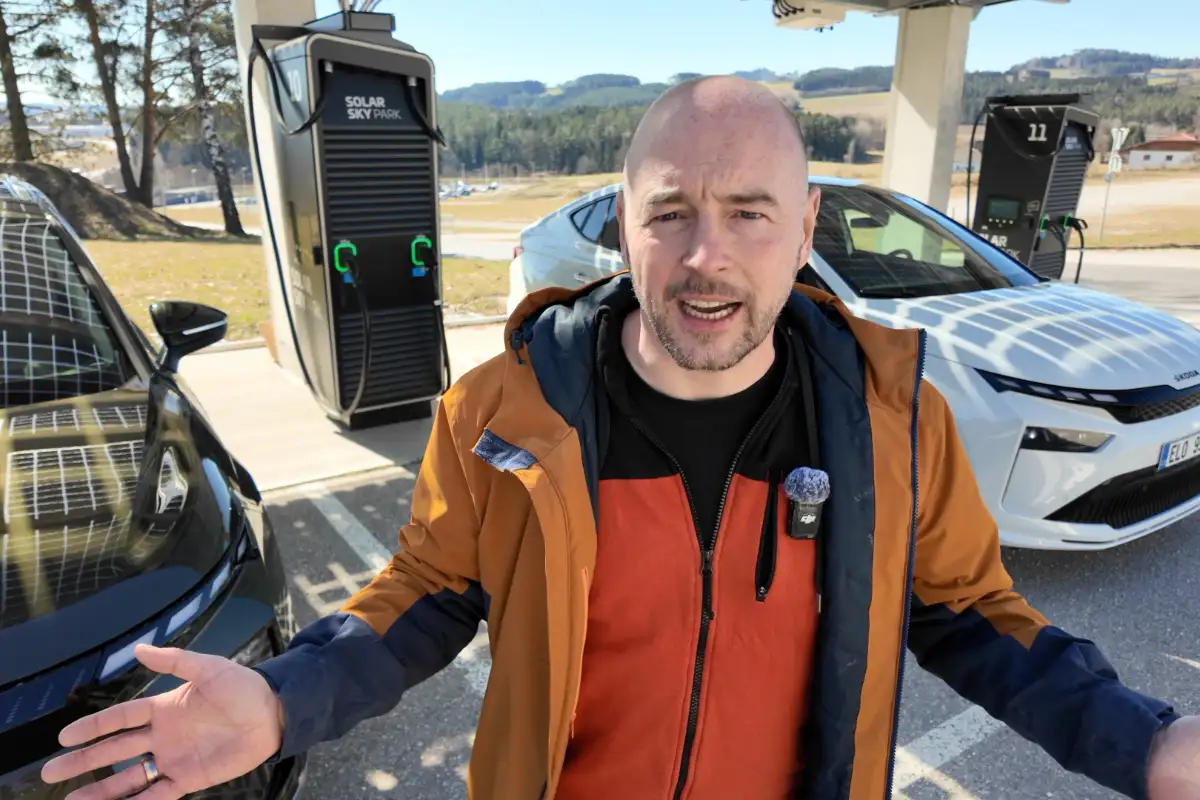Why Maximum Charging Power in EVs Is Often Misleading
Manufacturers love big numbers: 250 kW here, 175 kW there. Sounds impressive – but often means very little. That fleeting moment when a vehicle might briefly hit 250 kW says nothing about how quickly you can actually charge in everyday use.
Škoda is currently causing confusion with a similar situation: The new 135 kW battery in the ELROQ is replacing the 175 kW version. Many assume: That’s worse. But the opposite is true – and this article explains why.
Unfortunately, this isn’t intuitive, especially for newcomers to electric mobility. Who still remembers their high school physics classes? Or even calculus? The good news: You don’t need to – because this article shines a light on the issue.
The Myth of the Maximum Value
A popular marketing tool is the so-called peak charging power – the highest momentary value a vehicle can reach under perfect conditions. Take the Tesla Model Y Long Range: it claims “250 kW charging power”. Škoda, on the other hand, states 175 kW or 135 kW.
But what’s behind that? In practice, the Model Y Long Range charges from 10–80 % in about 27 minutes, which corresponds to an average charging power of around 125–130 kW. The “250 kW peak” is only hit for a few seconds – usually at a very low state of charge and under perfect conditions, often only at Tesla’s own Superchargers, which temporarily provide more power than the CCS standard actually allows. All for marketing.
For comparison: The Škoda ELROQ 85 with the 135 kW battery also charges from 10–80 % in 28 minutes, at an average of 120–125 kW. The same goes for the ELROQ 85 with the 175 kW battery – it also needs 28 minutes. Sounds illogical? It isn’t.

Bottom line: Barely any difference. And yet the Tesla sounds so much faster. Manufacturers often use different charge windows, such as 20–80 %, which makes direct comparisons harder. In my opinion, this only creates unnecessary confusion – and does e-mobility a disservice.
What Really Matters: Everyday Charging Performance
Real-world usage looks different anyway. Hardly anyone charges exactly within the manufacturer-recommended windows. Charging data from providers confirms this:
- Almost no one plugs in at 10 % or lower
- Most users charge from 20–30 % up to 80 % or beyond
- Few charge only in the lower SoC range like 10–50 %
Since most EVs are charged across a wide range between 50–70 % SoC, it’s the average charging power that counts. That’s what determines how much energy your vehicle can take in during a typical session, not what briefly flashes on the screen.
EVs don’t charge linearly – they follow a charging curve, which shows how power changes depending on the state of charge (SoC):
- At low SoC, charging is fastest
- Then it drops significantly to protect the battery
Two real-world examples (ENYAQ 85 and 85x – technically identical to the ELROQ 85):

- The 175 kW battery starts strong but drops noticeably from 40 % SoC, and by 50–60 % it’s well below 150 kW
- The 135 kW battery holds a steady curve, delivering 115–125 kW well beyond 70 % SoC
Conclusion: A consistently high charge rate is more beneficial in daily use than a short-lived peak.
Infrastructure Matters Too: The Station Can Be the Bottleneck
The theory behind the 175 kW battery assumes ideal conditions – but many users charge at 150 kW stations, or share 300 kW stations with others.
At a 150 kW charger:
- The 175 kW battery is already capped by the hardware
- The real-world time advantage shrinks to about 30 seconds up to 40 % SoC
- After that, power drops sharply – no more advantage over the 135 kW battery
So the 175 kW version takes about 30 minutes from 10–80 % under these conditions – while the 135 kW version still does it in 28 minutes, making it effectively faster in practice.
Is 135 kW Still Up-to-Date?
This question comes up frequently – especially when compared to EVs that claim 200, 250 or even 300 kW peak. But we need to differentiate:
The ELROQ is based on a 400-volt architecture.
That means its charging power is technically in line with what today’s 400V EVs can deliver. Average values around 120–130 kW are absolutely competitive – as seen with the Tesla Model Y Long Range or BMW iX3.
If you want significantly faster charging, you need 800-volt systems – like in the Hyundai IONIQ 5, Porsche Taycan, or Kia EV6. These can hold over 200 kW continuously – but they are more complex and expensive.
For most users, the ELROQ with 135 kW offers a great balance of speed, efficiency and compatibility – especially at the many 150 kW stations common across Europe.
Conclusion: 135 kW is not outdated – it’s a well-balanced compromise for the 400V world in 2025.





